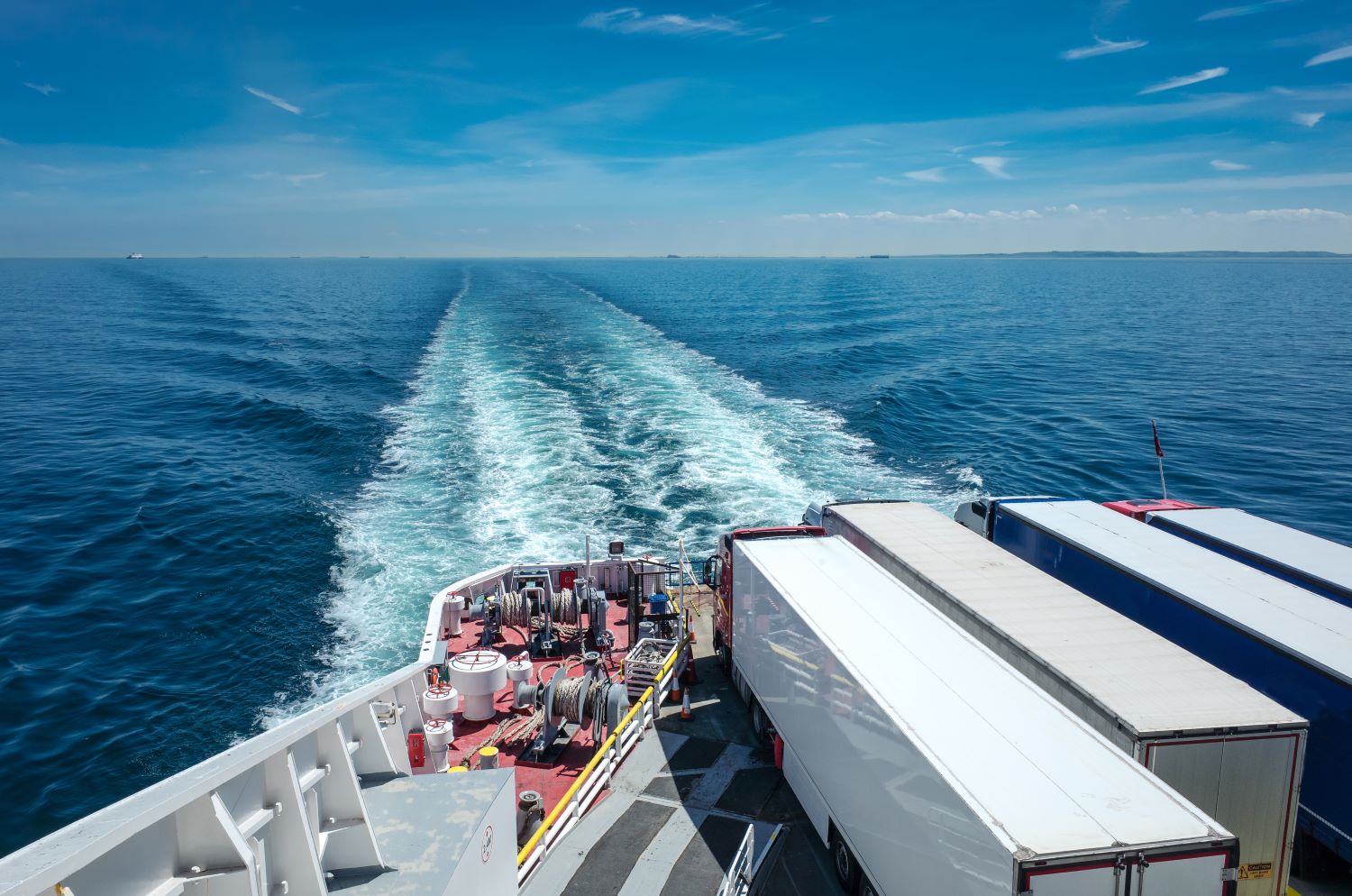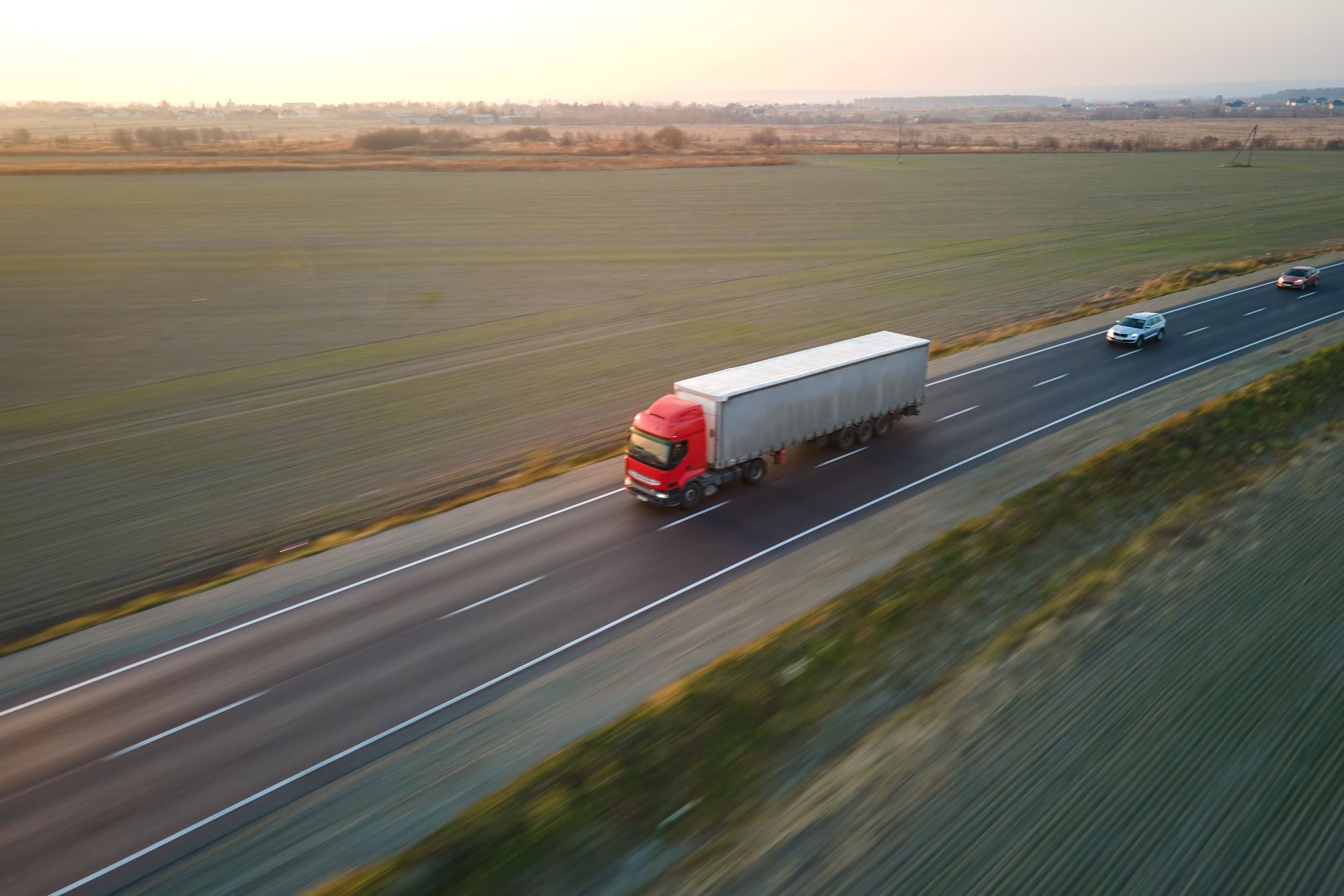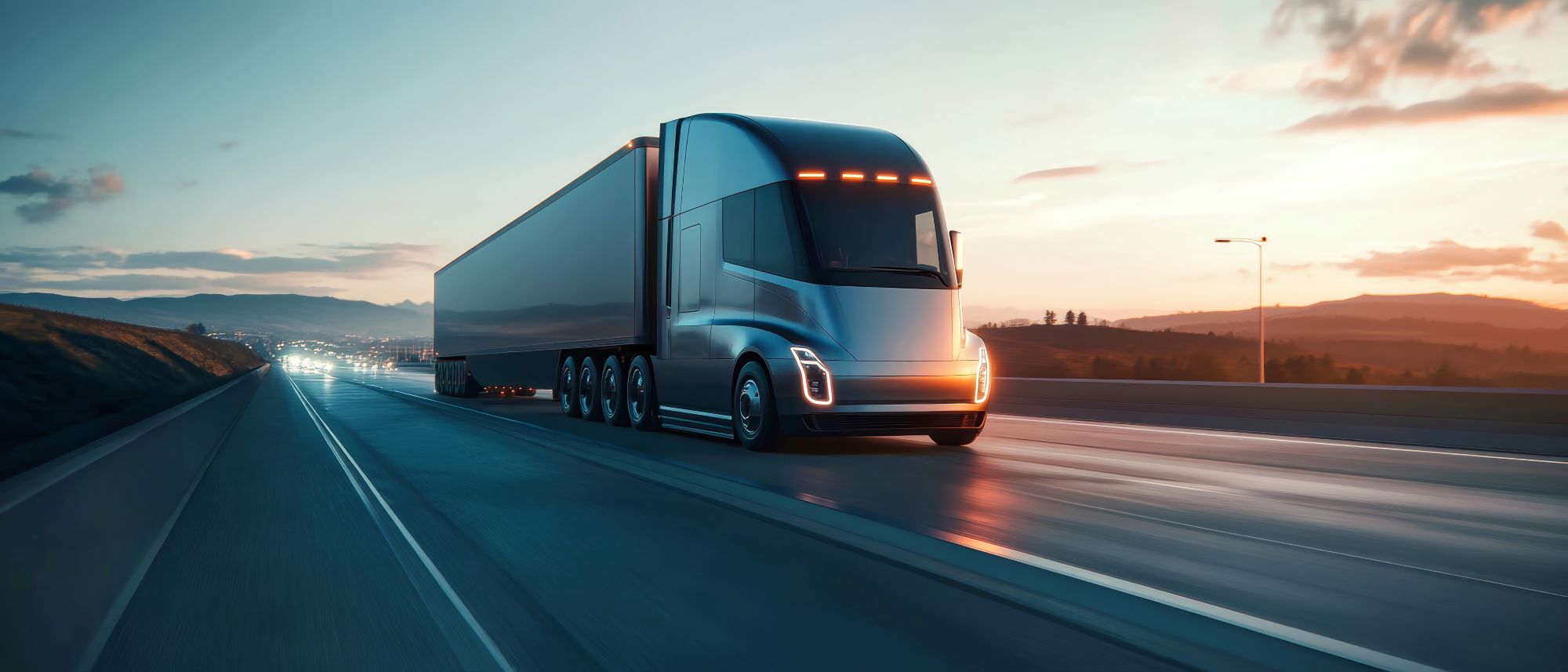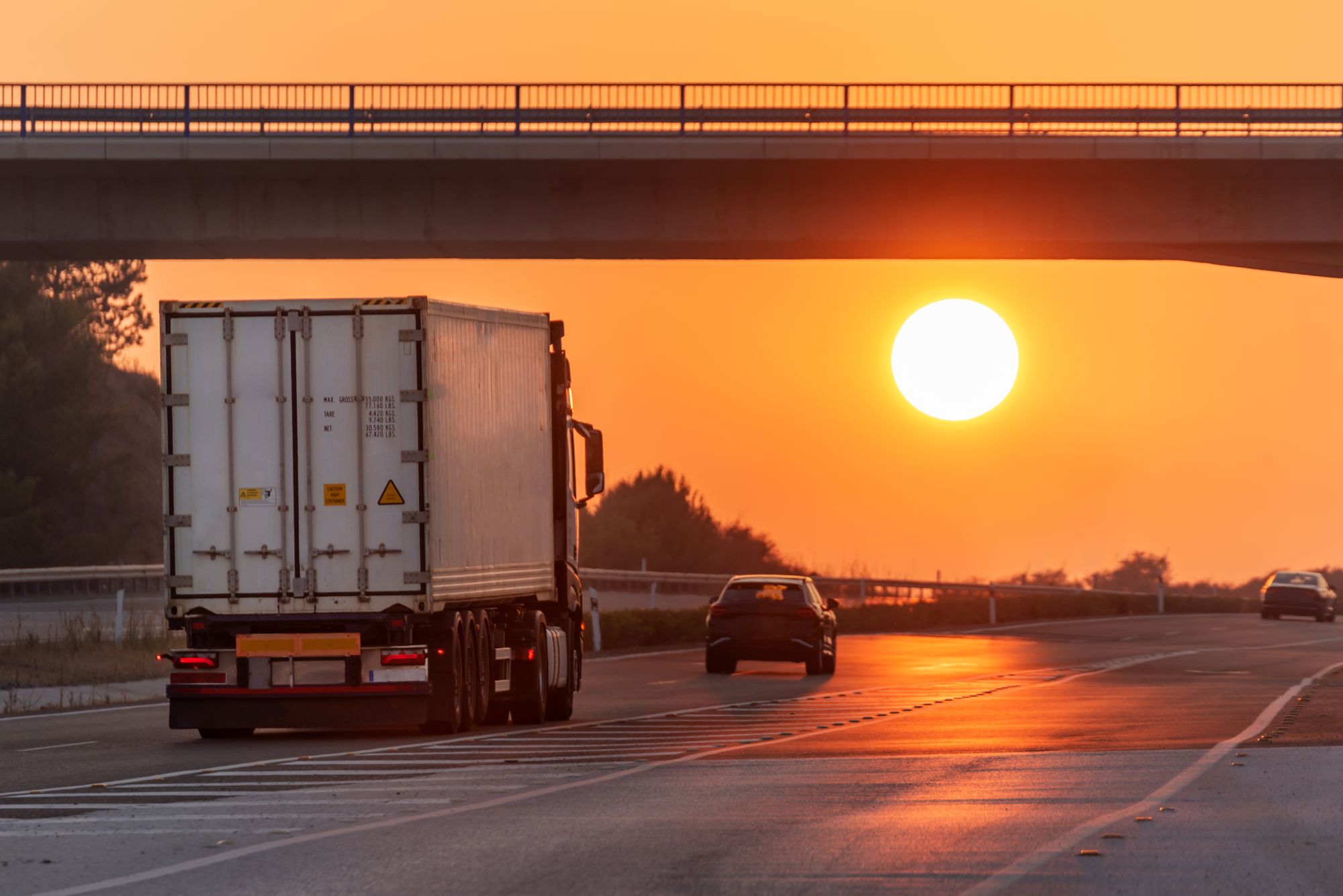
Susie Jones
Alles wat je moet weten over het inreis-/uitreissysteem van de EU
Gemaakt: 14-10-2024
•
Bijgewerkt: 14-10-2024
De EU zal het Entry/Exit System (EES) invoeren, dat volgens plan in november van start zou gaan, maar vanwege bezorgdheid is uitgesteld. Het EES zal de vereisten veranderen voor Britse onderdanen die naar het Schengengebied reizen - iedereen met een Brits paspoort moet biometrische gegevens registreren, zoals vingerafdrukken of een foto. Het EES vervangt het handmatig stempelen van paspoorten wanneer bezoekers de EU binnenkomen. We hebben alles wat je moet weten voor deze verandering op een rijtje gezet.
Wat vraagt het inreis-/uitreissysteem van reizigers?
Elk land dat het inreis-/uitreissysteem gebruikt, heeft de volgende informatie nodig van reizigers:
Plaats van binnenkomst en uitgang
Datum van binnenkomst en vertrek
Reisdocumenten.
Wat zijn de voordelen?
Het EES heeft de volgende voordelen:
Het moderniseert het beheer van de buitengrenzen van de EU en verbetert de ervaring van reizigers.
Het EES bestrijdt identiteitsfraude door biometrische gegevens te verzamelen.
Het kan mensen identificeren die de toegestane verblijfsduur overschrijden en betrouwbare gegevens verschaffen over binnenkomst, vertrek en weigering.
Verbeterde grenscontroles, elektronische records en biometrische gegevens zullen de veiligheid binnen de EU vergroten.
Het biedt realtime informatiedeling, zodat grensautoriteiten in de hele EU de juiste informatie op het juiste moment kunnen zien.
Wat zijn de zorgen?
Op lange termijn zal het nieuwe inreis-/uitreissysteem de operaties stroomlijnen en reizigers van buiten de EU ten goede komen. Er zijn echter verschillende bezwaren tegen het nieuwe systeem:
Ten minste drie EU-landen zijn niet volledig voorbereid op de lancering.
Verschillende landen zijn misschien niet in staat om het geavanceerde biometrische systeem in te voeren.
Het systeem werd niet goed getest in de haven van Dover, een van de drukste grensovergangen van het Verenigd Koninkrijk.
De eerste lancering kan leiden tot meer vertragingen bij grenscontroleposten.
Verder uitstel van de officiële lancering van het EWS zou verschillende van deze zorgen kunnen wegnemen.
Britse vrachtwagenchauffeurs hebben hun bezorgdheid geuit over de Schengen-reislimiet van 90 van de 180 dagen - het in stand houden van reguliere bedrijfsactiviteiten binnen de EU zou een uitdaging kunnen zijn. Wagenparkbedrijven met chauffeurs van buiten de EU kunnen reisbeperkingen of boetes opgelegd krijgen als de limiet wordt overschreden.
Hoe kunnen vloten en chauffeurs zich voorbereiden?
Er is niet veel dat vloten en chauffeurs kunnen doen om zich voor te bereiden op het nieuwe systeem - het meeste zal persoonlijk in de haven gebeuren. Vloten en chauffeurs kunnen echter wel de volgende maatregelen nemen om de overgang soepel te laten verlopen:
Als je een reis boekt, zorg er dan voor dat je alle benodigde informatie hebt voordat je naar de haven reist.
Weet wat je kunt verwachten als je aankomt - door praktische verschillen zal het proces op verschillende plaatsen anders verlopen.
Zorg dat je genoeg tijd hebt om de formaliteiten voor de reis af te ronden - vooral als je dicht bij de startdatum reist.

Welke landen zullen het EWS gebruiken?
De volgende landen zullen het EWS gebruiken:
Oostenrijk, België, Bulgarije, Kroatië, Tsjechië, Denemarken, Estland, Finland, Frankrijk, Duitsland, Griekenland, Hongarije, IJsland, Italië, Letland, Liechtenstein, Litouwen, Luxemburg, Malta, Nederland, Noorwegen, Polen, Portugal, Roemenië, Slowakije, Slovenië, Spanje, Zweden, Zwitserland.
Wanneer is de EWS niet van toepassing?
Er zijn verschillende uitzonderingen op de nieuwe EWS:
Onderdanen van de landen die de EWS gebruiken (inclusief Cyprus en Ierland).
Niet-EU-onderdanen die onmiddellijke familie zijn van een EU-burger. Zij moeten in het bezit zijn van een verblijfskaart.
Elke niet-EU-onderdaan die in het bezit is van een verblijfskaart of -vergunning die direct gerelateerd is aan een niet-EU-onderdaan, kan door heel Europa reizen als een EU-burger.
Burgers met een verblijfsvergunning of visum voor verblijf van langere duur.
Onderdanen van Andorra, Monaco en San Marino.
Mensen met een paspoort uitgegeven door Vaticaanstad of de Heilige Stoel.
Iedereen die is vrijgesteld van grenscontroles (zoals staatshoofden of grensarbeiders)
Burgers met een geldige vergunning voor klein grensverkeer.
Bemanning van passagiers- en goederentreinen op internationale aansluitende reizen.
Iedereen die de buitengrenzen niet hoeft te overschrijden, alleen aan grensdoorlaatposten tijdens vaste openingstijden.
Wat als ik mijn gegevens niet verstrek?
Als u de vereiste persoonlijke gegevens niet verstrekt, wordt u de toegang geweigerd tot EU-landen die het inreis-/uitreissysteem gebruiken. Voor vlootbedrijven kan dit leiden tot inkomstenverlies als hun chauffeurs de relevante informatie niet verstrekken.
Heb ik een biometrisch paspoort nodig voor het nieuwe EWS?
Zowel biometrische als niet-biometrische paspoorten worden geaccepteerd onder het nieuwe EWS. Geautomatiseerde systemen om de grens over te steken vereisen een biometrisch paspoort.



